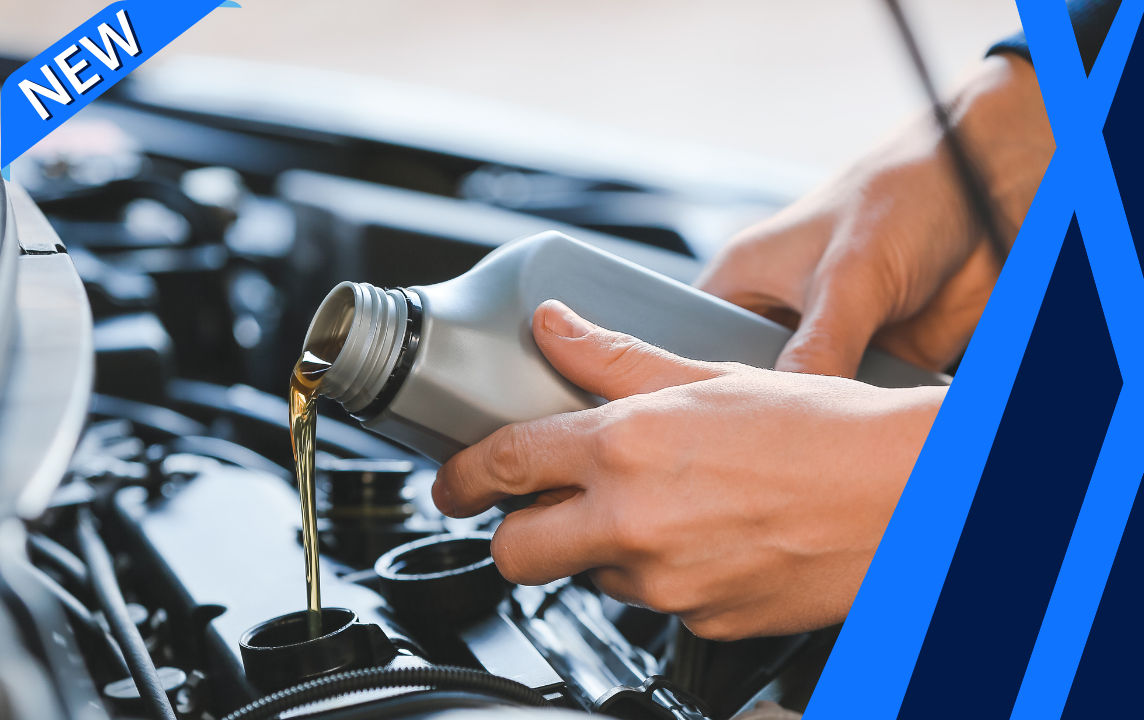Description
What is lubricating the driveshaft all about?
Along the drivetrain, whenever torque needs to travel from one place to another, a driveshaft is used. Some cars have two driveshafts under them, usually for four-wheel-drive applications. U-Joints are couplings that hold sections of driveshaft together and can withstand large amounts of torque. The U-joint and the slip both need lubrication to work smoothly. This means lubricant needs to be applied to every point where the driveshaft meets another section of shaft or any other part of the vehicle.
Keep in mind:
- While lubricating will help with scraping noise and minor vibration, it will not repair actually broken parts.
- Inspect the parts of the the driveshaft to make sure they do not need full replacement.
- Even small spots of excess wear are bad on parts that withstand so much torque, no problem is too small to be addressed on the driveshaft.
How it’s done:
- The vehicle is raised and supported on jack stands
- The slip joints and U-joints on all drive shafts are located
- The Zerk grease fittings on the slip joint and U-joints are located
- New grease is pumped into the grease fittings with a grease gun
- The vehicle is lowered off of the jack stands
Our recommendation:
Check the manual of your vehicle to see if the manufacturer has specific instructions on servicing and lubricating the driveshaft. If the manufacturer suggests it is time for a service or if the vehicle has symptoms of a malfunctioning driveshaft, then it should be done immediately. These parts are under a lot of force and will usually fail when the car is in motion. While under the vehicle, inspect all of the connections along the drivetrain and keep an eye out for any parts that seems excessively worn. Bring a rag and wipe any mud or dust off to check for damage.
What are the common symptoms indicating you need to lubricate the driveshaft?
- Clicking or grating sounds while the vehicle is in gear
- Vibration in the vehicle while it is running
How important is this service?
This service is very important. Poor lubrication is one of the top reasons why driveshafts fail. When they do fail, driveshafts will fail while in motion and can take out more expensive parts around them. These preventative maintenance steps are extremely important in order to avoid more costs down the road.




